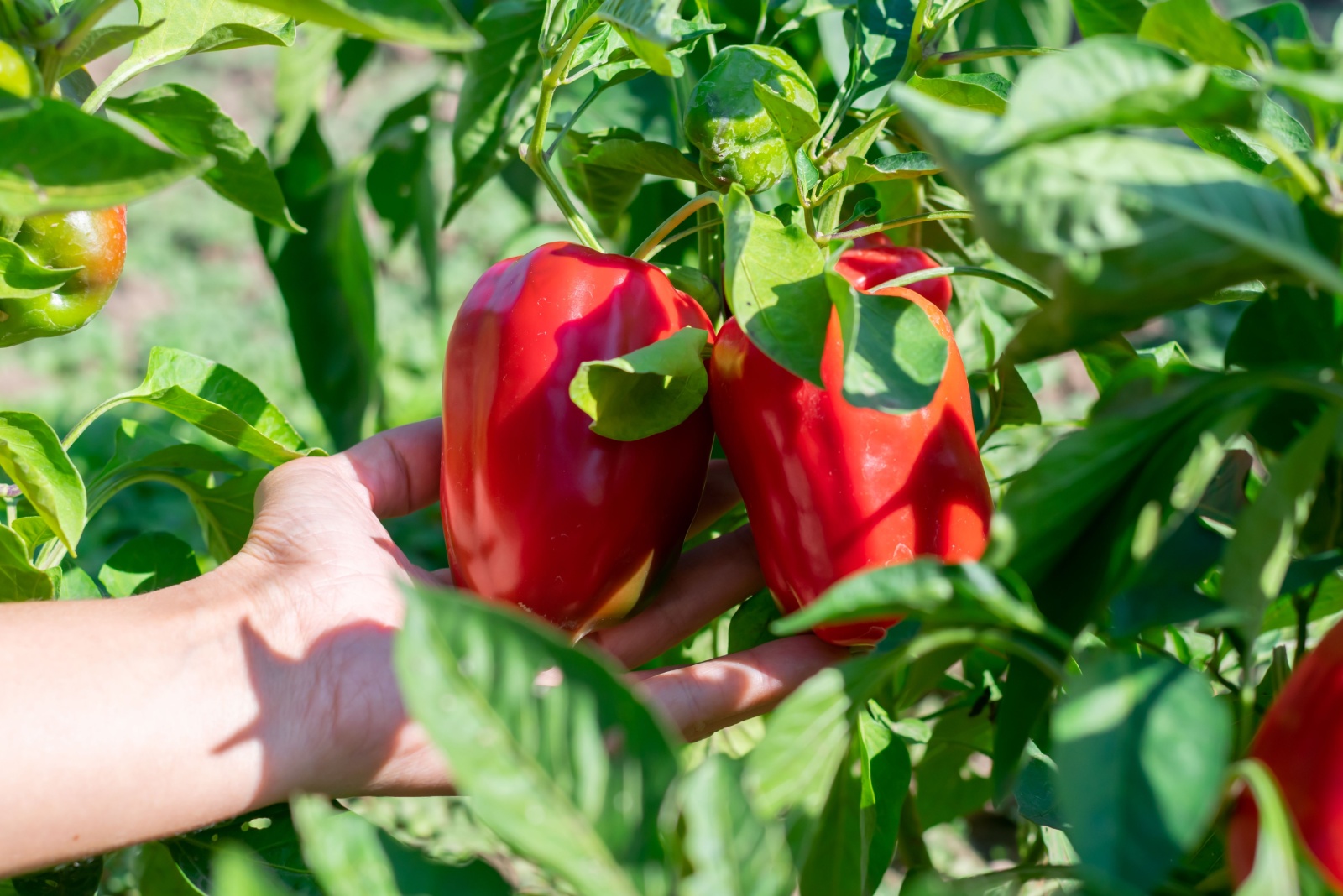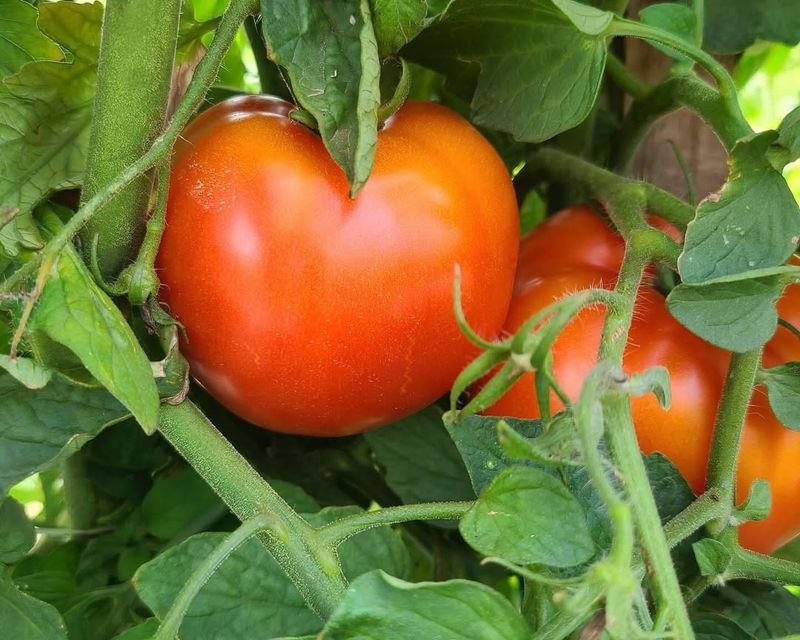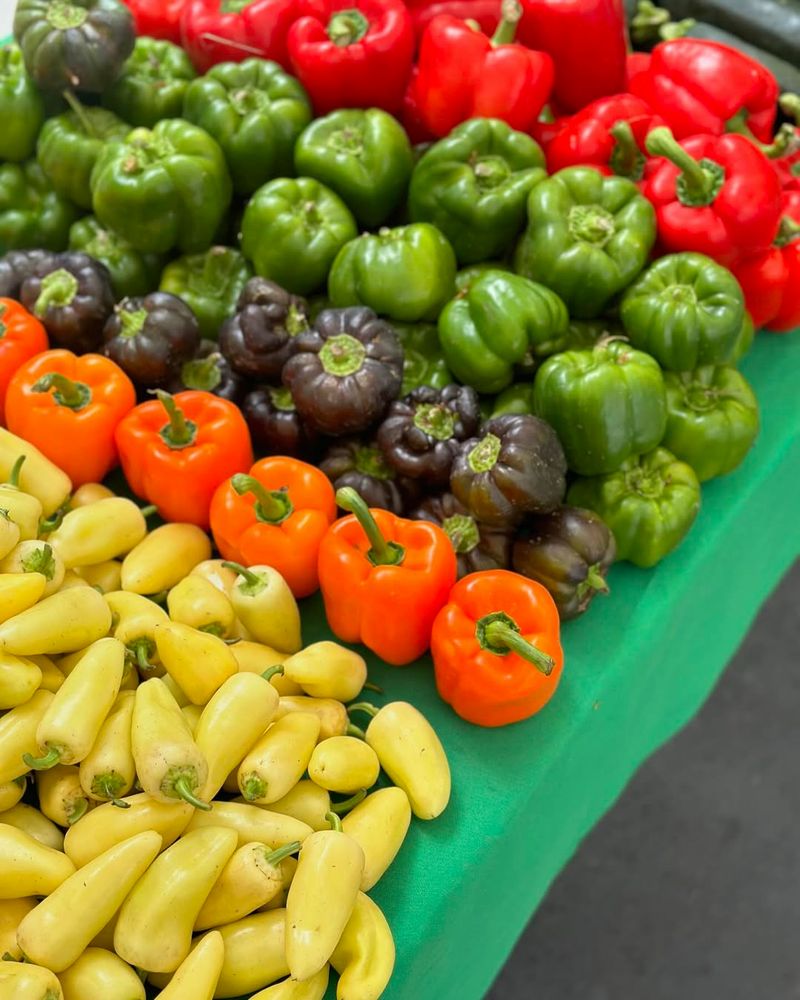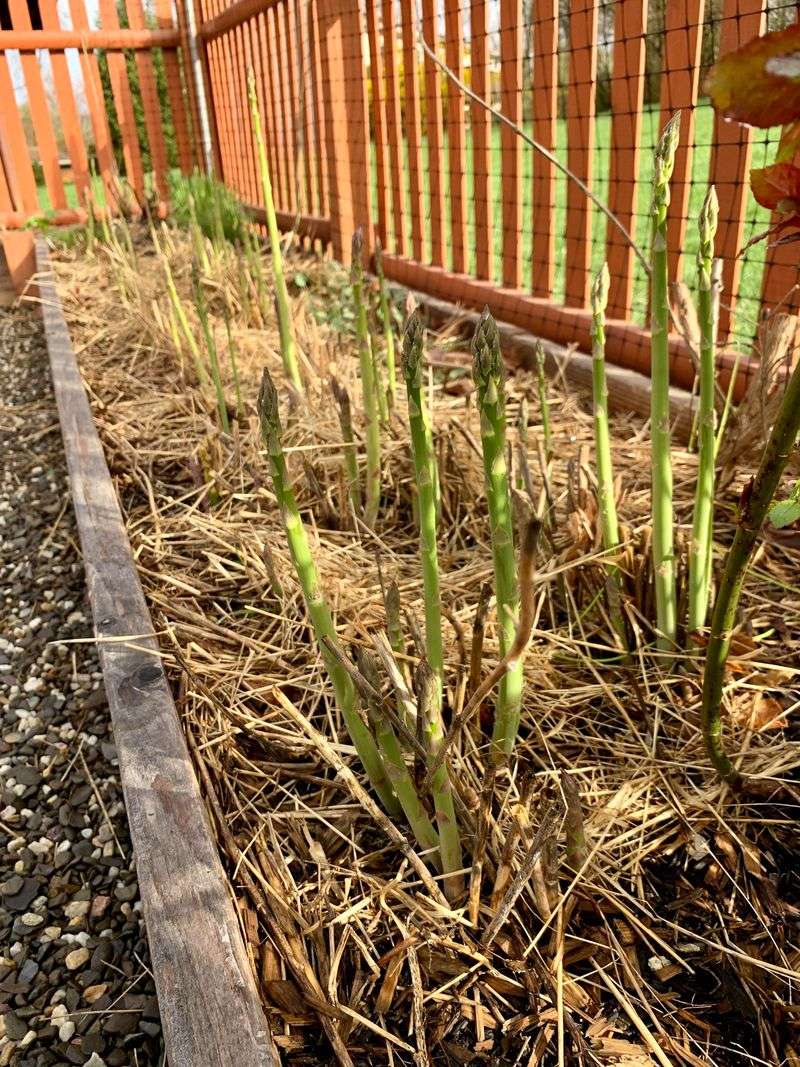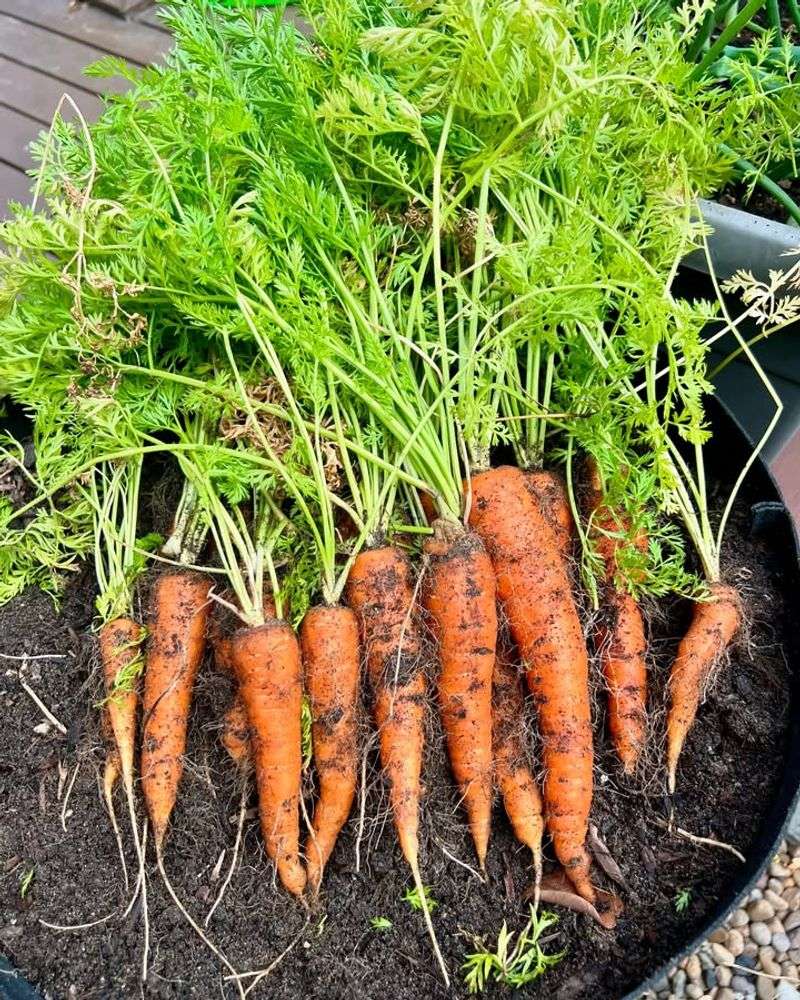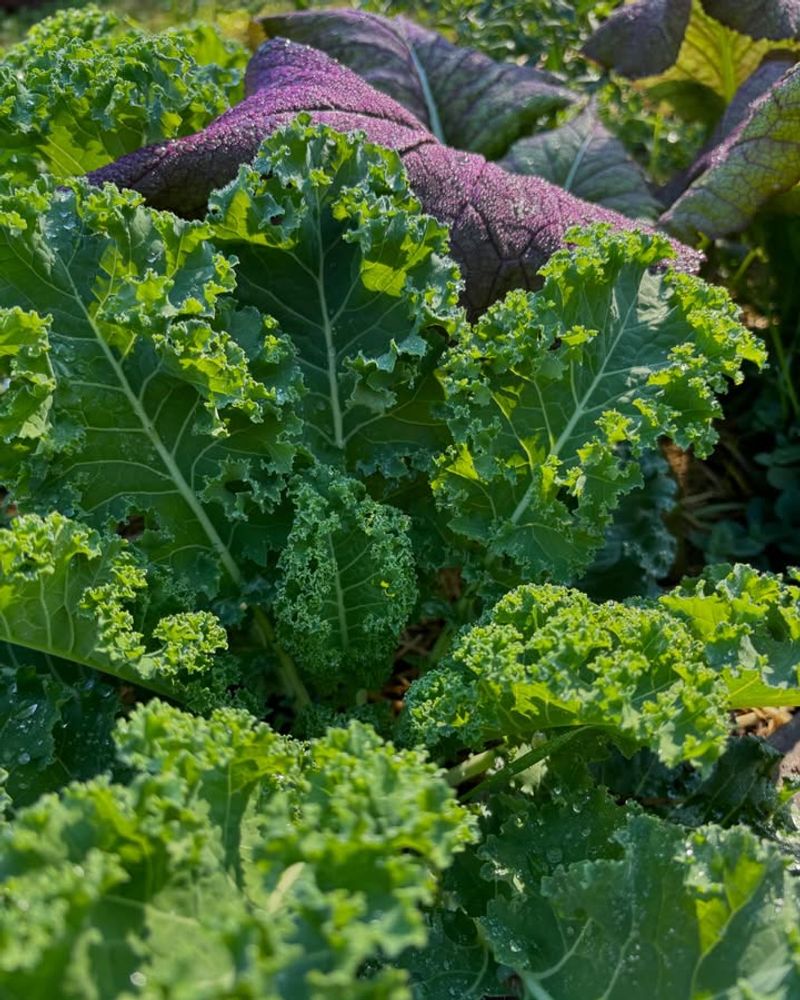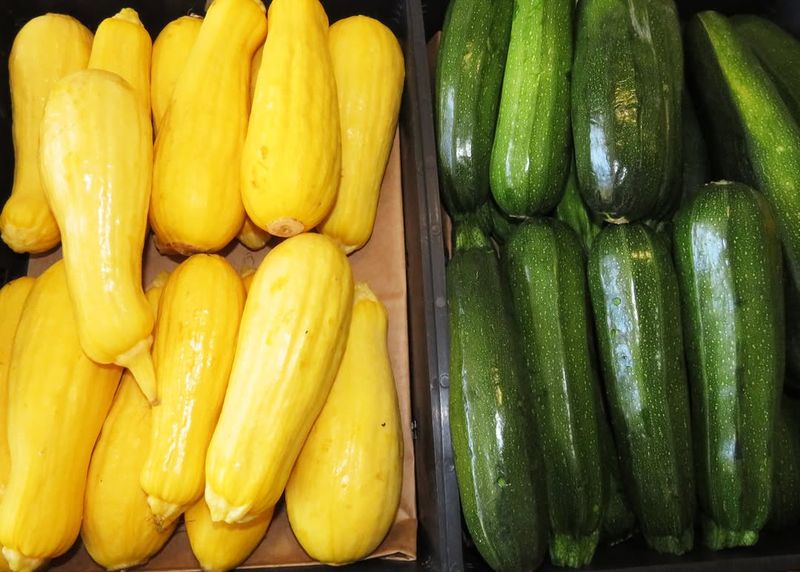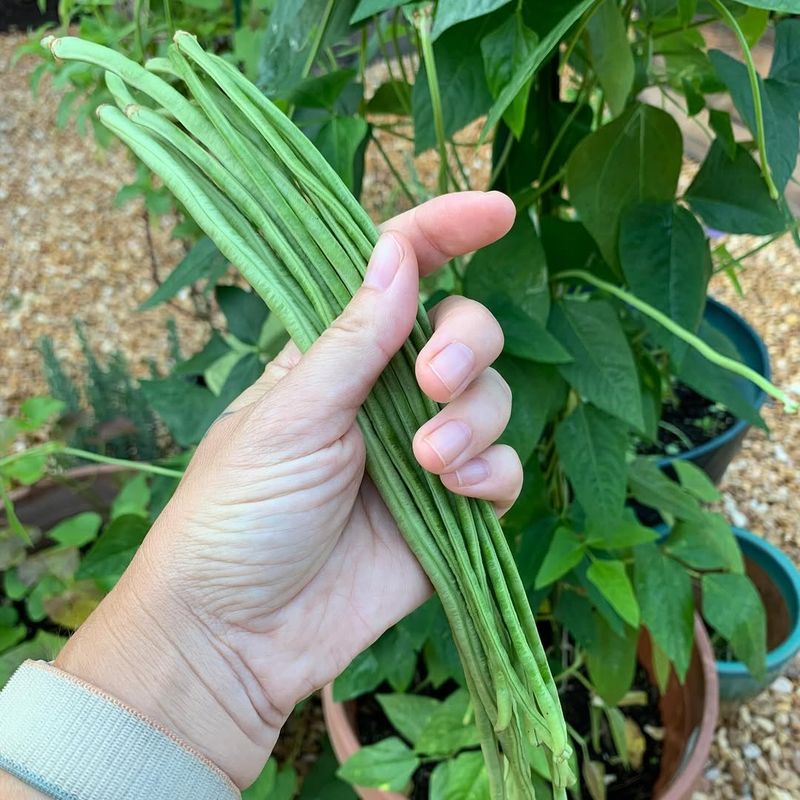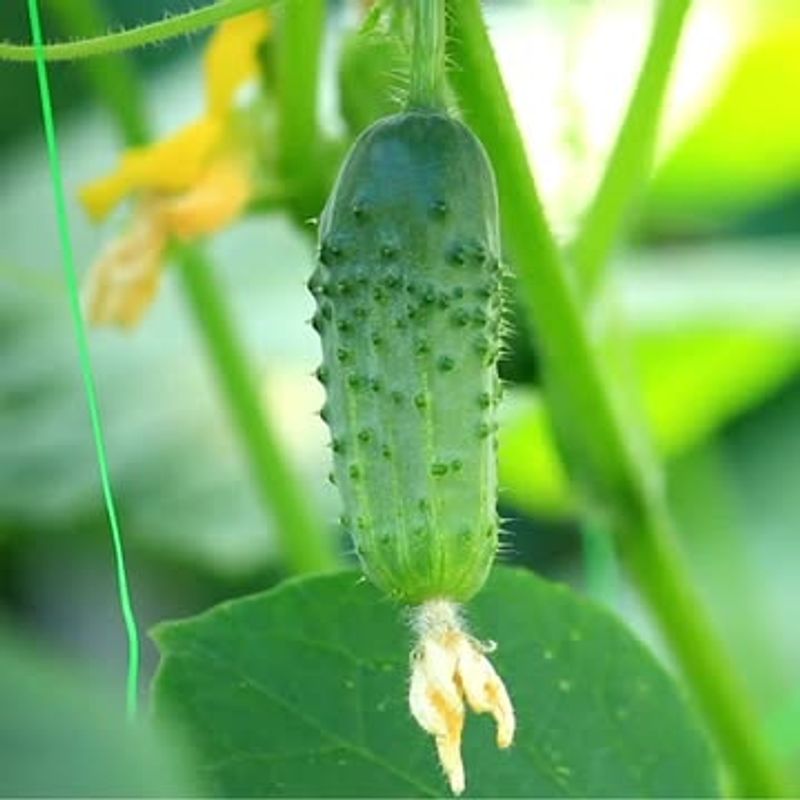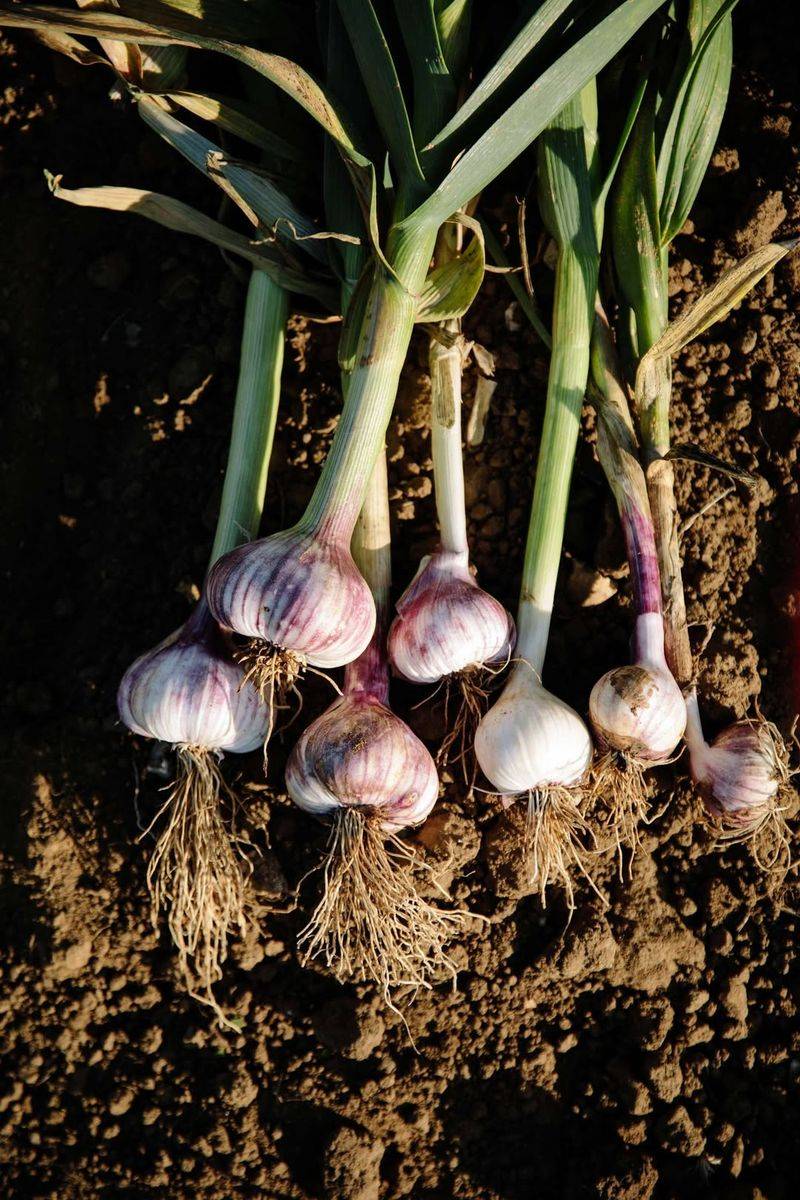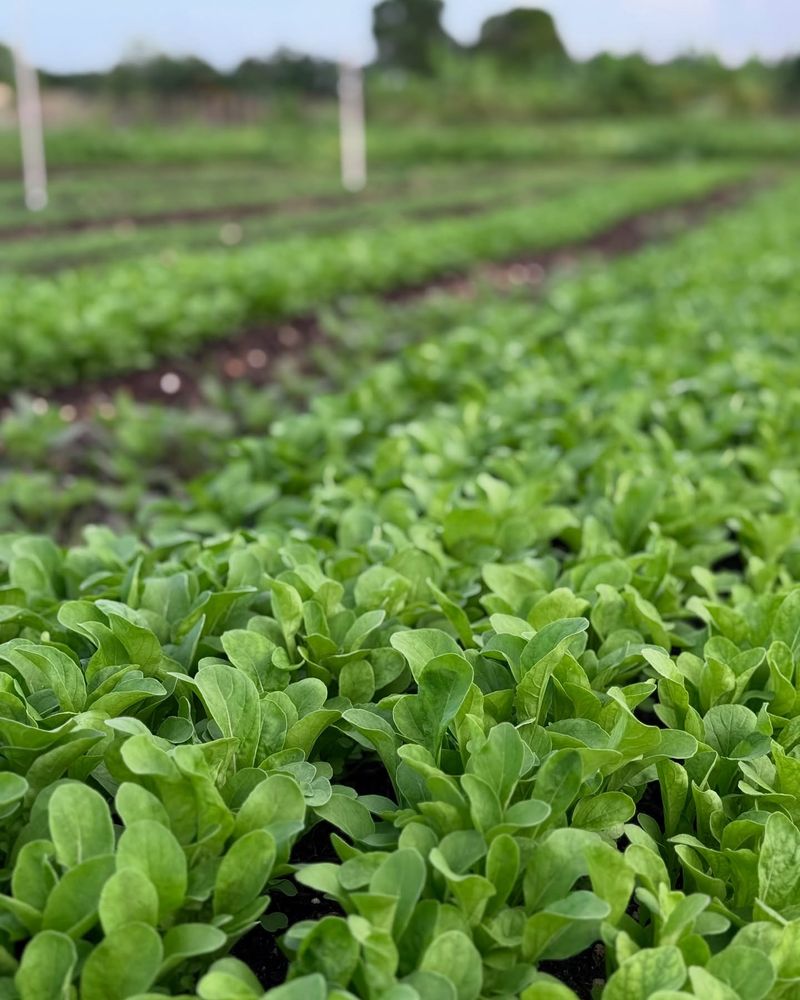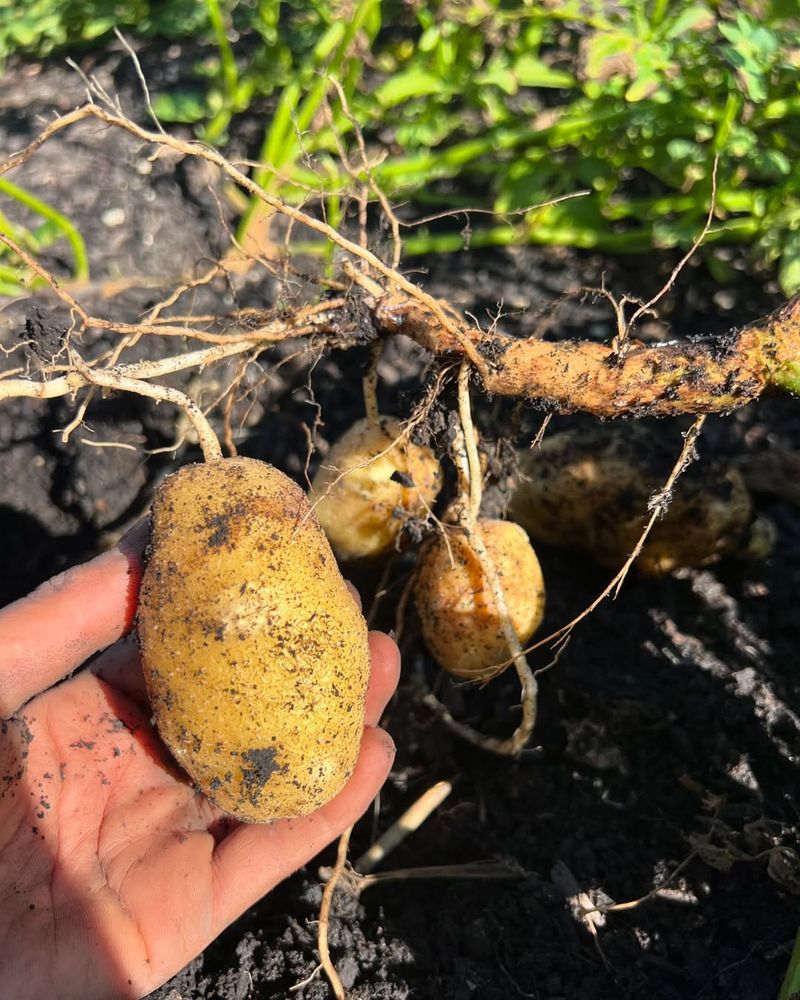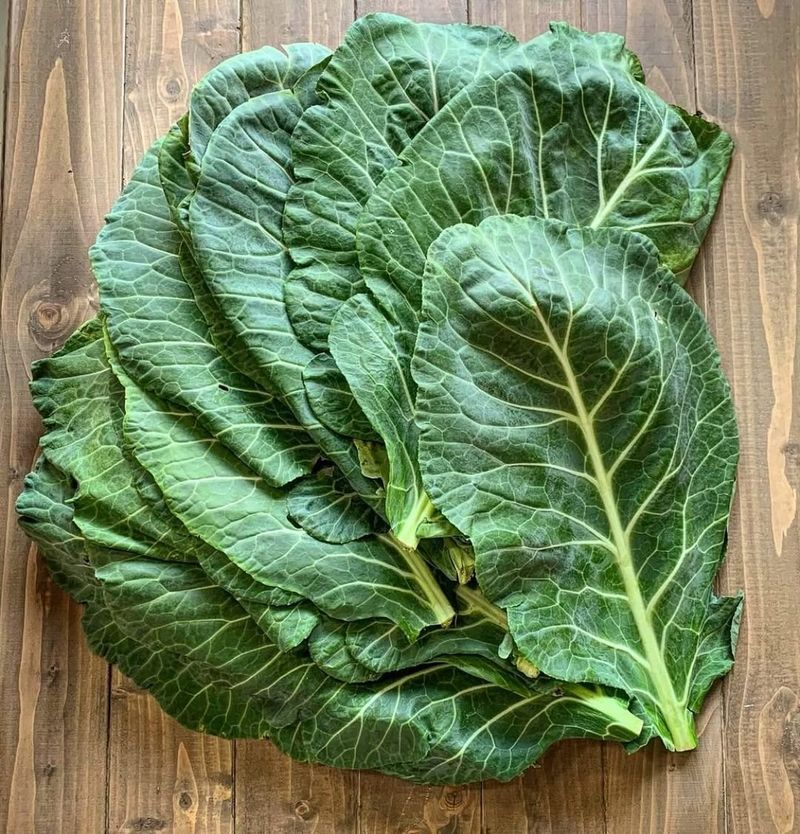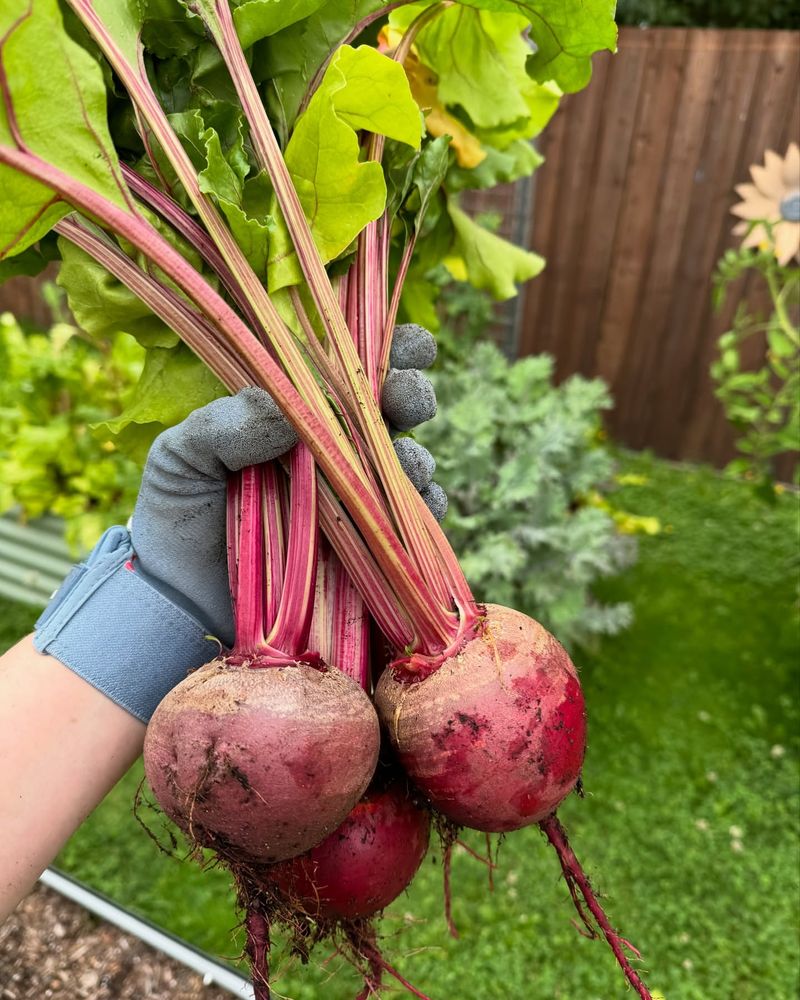Growing vegetables in New Jersey’s coastal climate can be rewarding and delicious! The unique mix of sandy soil, salt air, and moderate temperatures creates perfect conditions for many garden favorites.
Whether you’re a seasoned gardener or just starting out, knowing which veggies thrive in our coastal environment can make all the difference in your harvest success.
1. Sweet Jersey Tomatoes
Nothing says summer like biting into a sun-ripened Jersey tomato! The coastal climate’s warm days and cool nights enhance their flavor development.
Sandy soils warm up quickly in spring, giving tomatoes a head start. Plant them after the last frost, usually mid-May, and watch them flourish until early fall.
The salt air actually helps tomatoes develop their signature sweetness that makes Jersey tomatoes famous throughout the region.
2. Crisp Bell Peppers
Bell peppers absolutely love the moderate coastal temperatures of New Jersey. Their roots thrive in the well-draining sandy soils common along our shoreline.
Start them indoors about eight weeks before the last frost date. The extended growing season near the coast allows peppers to fully ripen to their sweetest red, yellow, or orange colors.
For best results, plant them where they’ll get morning sun but some afternoon shade during the hottest summer days.
3. Beachside Asparagus
Asparagus establishes permanent roots that love the sandy, well-draining soils of coastal New Jersey. Once planted, these perennial vegetables will produce delicious spears for up to 20 years!
The moderate temperatures along the coast prevent the extreme freezes that can damage asparagus crowns. Plant them in early spring in trenches about 12 inches deep.
Patient gardeners reap rewards – while you’ll wait 2-3 years for full harvests, the coastal growing conditions ensure exceptional flavor and texture.
4. Sandy Soil Carrots
Carrots practically sing with joy in New Jersey’s loose, sandy coastal soils! Unlike clay-heavy inland areas, our beach-adjacent gardens provide the perfect texture for long, straight root development.
The moderate coastal temperatures allow for both spring and fall plantings. Sow seeds directly in the garden about 3 weeks before the last spring frost or in late summer for a fall harvest.
Salt air actually enhances the natural sweetness in carrots, making coastal-grown varieties especially delicious.
5. Salt-Tolerant Kale
Kale thrives where other greens surrender to coastal conditions! This superfood actually develops sweeter leaves when exposed to light salt spray and coastal air.
The extended growing seasons of New Jersey’s moderate coastal climate mean you can grow kale almost year-round. Plant in early spring and again in late summer for continuous harvests.
Morning coastal fog provides natural moisture that kale loves, reducing the need for frequent watering once established.
6. Boardwalk Zucchini
Zucchini plants spread their broad leaves like sunbathers on Jersey’s beaches! The warm coastal growing season provides plenty of time for these prolific producers to yield basketfuls of tender squash.
Sandy soil warms quickly in spring, allowing for earlier planting than inland gardens. Direct sow seeds after the danger of frost has passed, typically mid-May along the coast.
The constant coastal breezes help pollinate zucchini flowers and reduce fungal issues that can plague squash plants in more humid inland areas.
7. Shore-Loving String Beans
String beans reach for the sky in coastal gardens! Their shallow root systems adore the light, sandy soils found near New Jersey’s beaches.
The moderate temperature swings along the shore create ideal growing conditions for tender, stringless pods. Plant seeds directly in the garden after all danger of frost has passed.
For a continuous harvest throughout summer, plant a new batch of seeds every two weeks. The extended coastal growing season allows for multiple sowings well into July.
8. Coastal Cucumber Patches
Cucumbers sprawl happily through New Jersey’s coastal gardens! The consistent moisture from morning sea fog keeps these thirsty plants satisfied without waterlogging their roots.
Plant cucumber seeds or transplants after soil temperatures reach at least 70°F, usually by late May along the coast. The sandy soil drains quickly, preventing the root rot that can plague cucumbers in heavier soils.
Trellising vines allows better air circulation, particularly important in the sometimes humid coastal climate.
9. Seaside Garlic
Garlic develops exceptional flavor complexity when grown in New Jersey’s coastal gardens! Fall-planted cloves establish strong root systems during our mild shore winters.
The well-draining sandy soils prevent the bulb rot that can plague garlic in heavier, wetter conditions. Plant individual cloves in October or November, about 2 inches deep and 6 inches apart.
Harvest in early summer when the lower leaves begin to brown, typically June along the coast, and cure them in a dry, shaded spot for long-term storage.
10. Atlantic Arugula
Arugula’s peppery flavor intensifies when grown in New Jersey’s coastal gardens! The slightly saline conditions actually enhance its signature taste that chefs adore.
This quick-growing green thrives in the moderate spring and fall temperatures common along our shoreline. Sow seeds directly in the garden as soon as soil can be worked in spring and again in late summer.
Morning coastal fog provides natural moisture that keeps arugula tender and prevents it from bolting too quickly in warmer weather.
11. Dune-Side Potatoes
Potatoes burrow contentedly in the loose, sandy soils of New Jersey’s coastal gardens! Their tubers expand easily without the resistance found in clay-heavy inland soils.
Plant seed potatoes about 2-3 weeks before the last spring frost, typically early April along the coast. The moderate maritime climate prevents the extreme temperature swings that can stress potato plants.
For an extended harvest, choose varieties with different maturation times – early, mid-season, and late – taking advantage of the long coastal growing season.
12. Coastal Collard Greens
Collard greens stand tall against Atlantic breezes! These nutritional powerhouses actually develop sweeter, more tender leaves when exposed to light salt spray.
The extended growing season near New Jersey’s coast means collards can produce from early spring through late fall and even winter in milder years. Plant seedlings in early spring and again in late summer.
Morning dew from coastal fog provides natural moisture that collards love, making them less demanding than when grown in drier inland areas.
13. Beach Beets
Beets sink their roots happily into New Jersey’s coastal sandy soils! Their sweet flavor intensifies when grown in our well-draining garden beds near the shore.
The moderate temperature swings along the coast prevent the stress that can make beets woody or bitter. Sow seeds directly in the garden about 3-4 weeks before the last spring frost.
For continuous harvests, plant new batches every 3 weeks through early summer, then resume planting in late August for fall crops, taking advantage of the extended coastal growing season.

